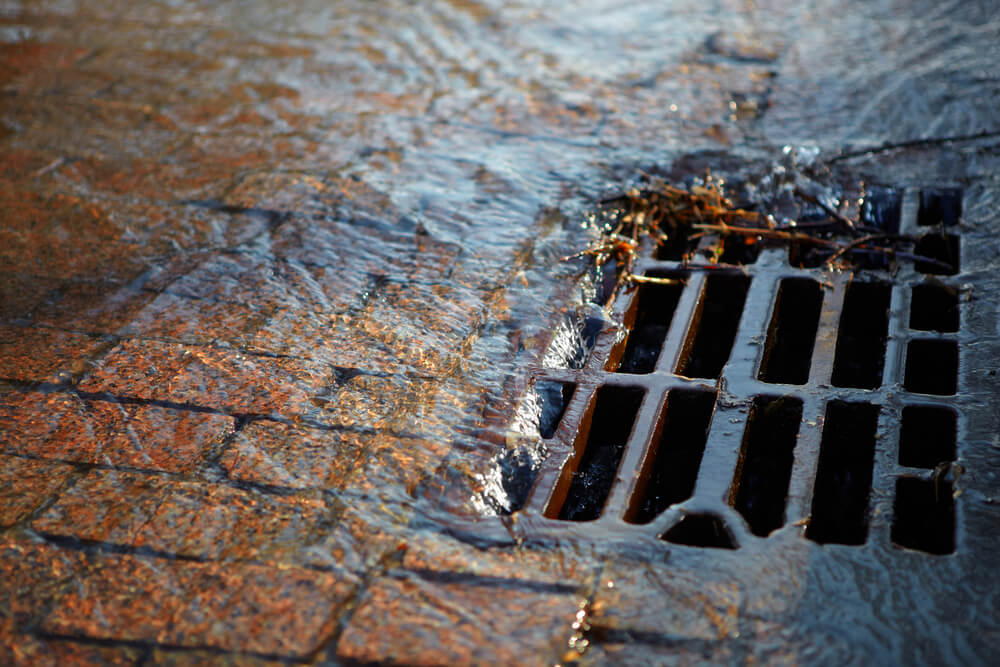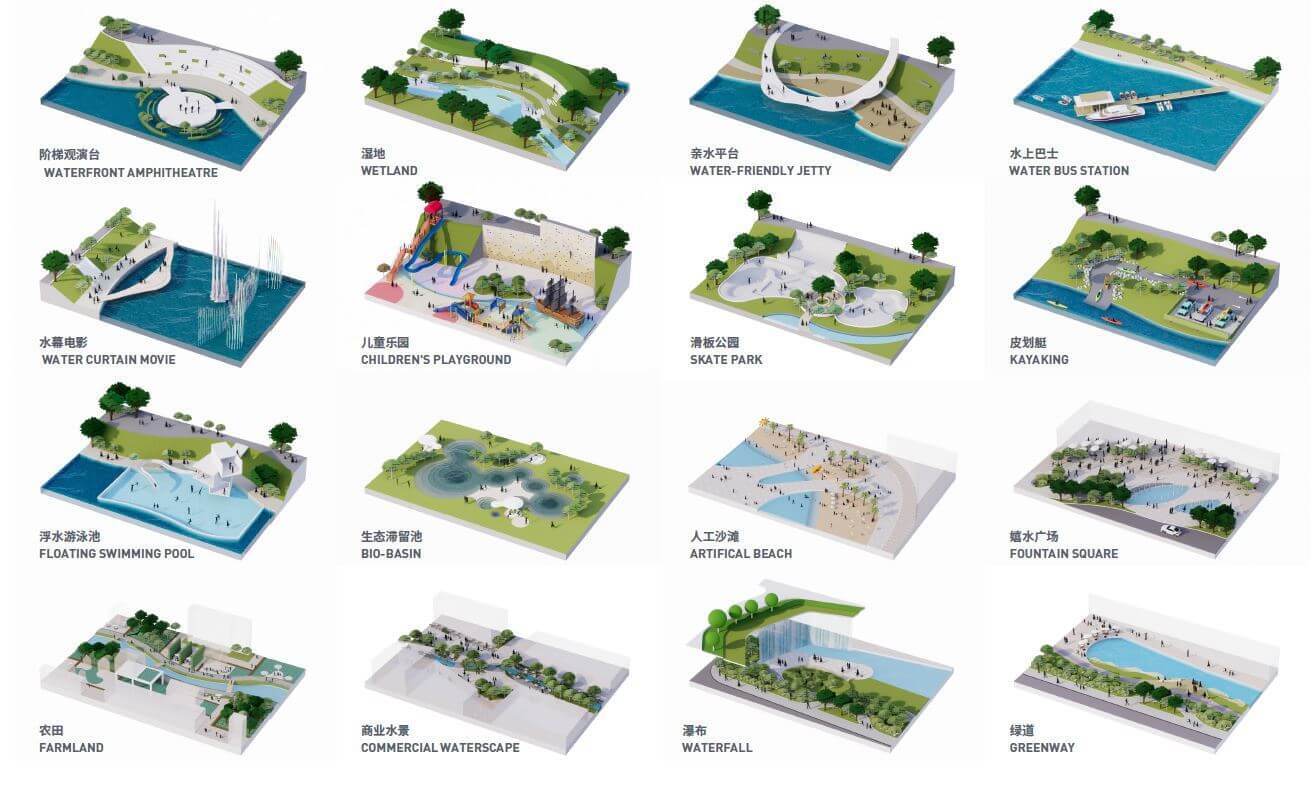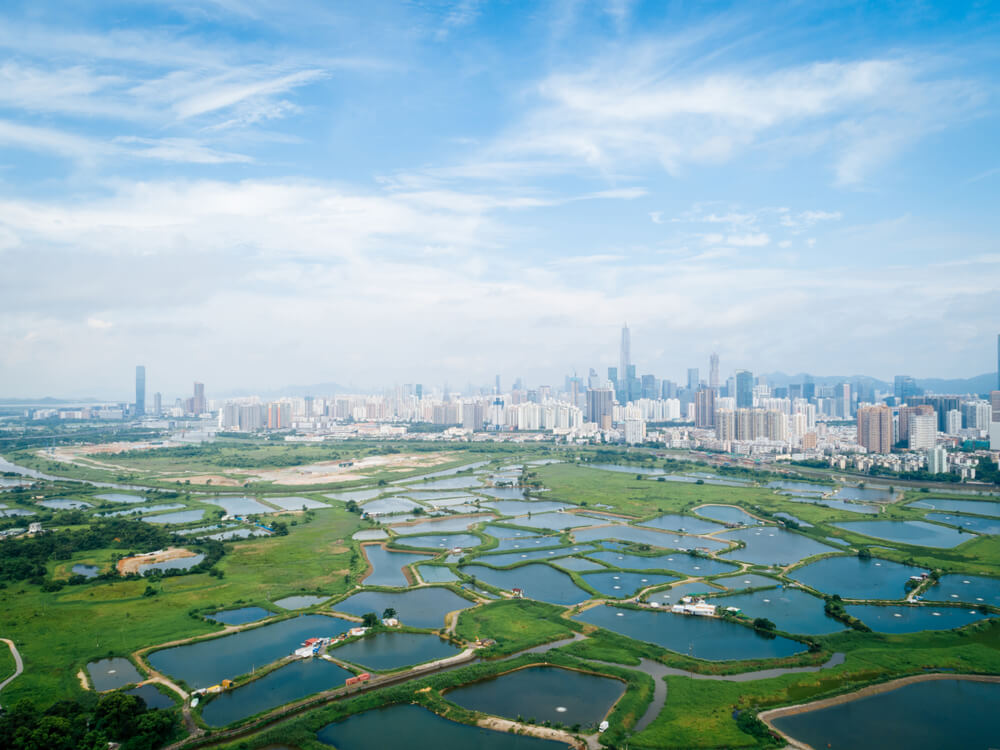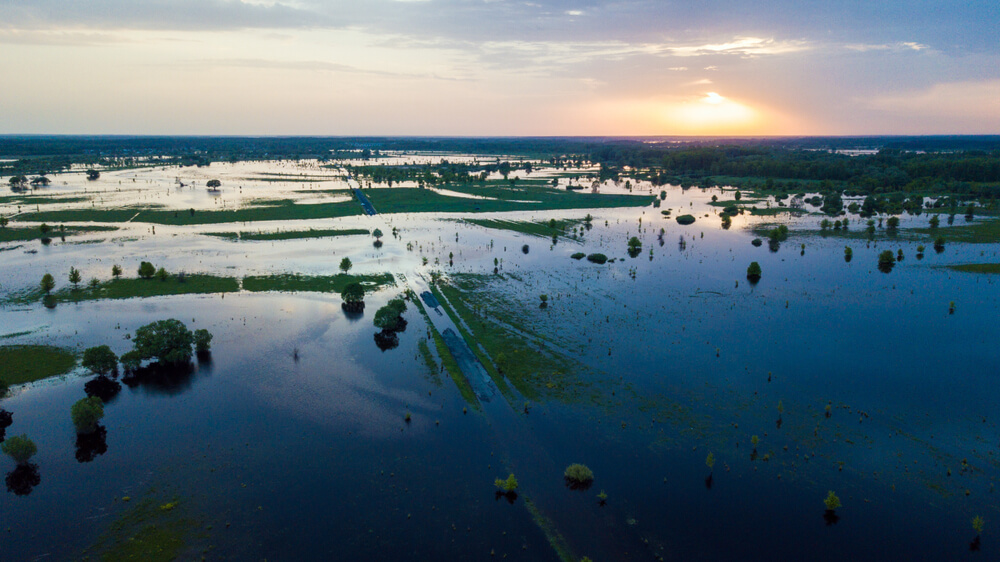Blog
What is a sponge city and what is its contribution to better water management?
Typical examples are green areas on the ground and also on the roofs of buildings, from where water is drained for treatment.

Due to the changing climate, flooding is occurring more frequently than in past years. To mitigate the flooding and restore the water cycle, cities want to absorb rainfall like a sponge.
Where does the tap water come from? It enters the ground from rainfall, where it is naturally filtered. Boreholes are then drilled into the ground, so that cities can access the water again and distribute it to their inhabitants.
In recent years, however, this cycle has not been working as it should. The reason is that in some cities, buildings and impermeable areas are growing up instead of green spaces.
Naturally, water does not penetrate the ground through pavements, car parks, roofs or roads. Therefore, it flows into the river or the sea through the sewers.
In the best-case scenario, the water is at leas treated. The worst-case scenario is that it ends up in the river or sea as polluted as before.

Massive urbanisation combined with a changing climate causes that floods are more frequent and more destructive than in the past. To mitigate the situation, the concept of sponge cities was introduced a few years ago.
As you might guess, and as the name suggests, cities want to retain more water and reuse it using this method.
In practice, this means that instead of hard asphalt and concrete, the cities build more areas and systems that can absorb rainwater.

Types of water bodies that may be a part of sponge cities. Retrieved from: Chapmantaylor.com
Typical examples are green spaces, not only "on the ground" but also on the roofs of buildings, where water is diverted to treatment plants and for recycling.
However, greenery has another huge advantage. Plants, which are extra water-intensive, help absorb water.
Thanks to their water intake, there is no danger of rainfall turning into a flood.
Cities will also build underground sewage systems to capture the water and return it to the consumer cycle.
The same applies to systems that are designed to capture and store rainwater while it is still raining. These are, for example, waterways, canals, wetlands or ponds.

Water from these systems can be recycled again or used to support urban ecosystems.
Even roads will help improve water management. How? Thanks to the porous material used by the constructors, the water will be easier to get under that layer and won't just stay on the surface without further use.
Pioneers in building sponge cities
How about embracing the flood instead of fighting it? Yu Kongjian, an urban designer and dean of the Peking University's college of architecture, came up with this idea. Yu is also the man behind the concept of sponge cities.
When Yu was 10 years old, he was swept away by a flood-driven river, and it was only thanks to willow trees and reeds that he was able to catch and pull himself out.
It was this memory that influenced him to design the sponge city, which will largely consist of rivers and wetlands full of vegetation. The plants will slow down the flow and make it gentler.
The sponge city trend has been adopted by many of his countrymen, as in the last 10 years as many as 351 local towns have had flooding problems.
Currently, 30 locations have joined the sponge city programme, including Ningbo, Hangzhou, Shanghai, Beijing, Shenzhen and Wuhan. Expectations are clear - cities want to capture up to 70% of rainwater by 2039.

Only time will tell if they succeed. The projects are still in their early stages, and it would therefore be too rash to evaluate their effectiveness.
They can do much more than just prevent flooding
Mitigate devastating floods and bring water back into the cycle. Cities are clear about what they want the new systems to achieve. But giant sponges offer far more than meets the eye.
Just think of the fact that cities will have more water than before; their own water, so they will be more self-sufficient.
Meanwhile, less water will flow into canals and treatment plants, easing the burden on cleaning and drainage. In contrast, more water will enter the soil, where it will filter naturally, and from there it will flow through urban boreholes to households.
Underground reserves are the safeguard of the aforementioned self-sufficiency.
Not to mention the fact that greenery and water areas will make the city a more beautiful place. It will be a better and healthier place to live, not only for people, but also for the animals that will make their homes in the wetlands and streams created.
More articles
This is the 9 most bizarre colored rivers and lakes of our planet
The bizarre coloring of water is many times only the initial degree of serious pollution.
Wastewater from ammunition production
One of our current customers is interesting because they produce ammunition. No industrial wastewater is produced directly in the production, but...
